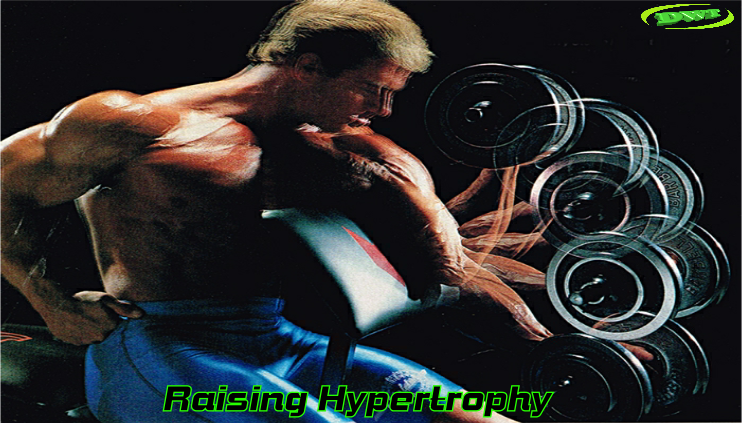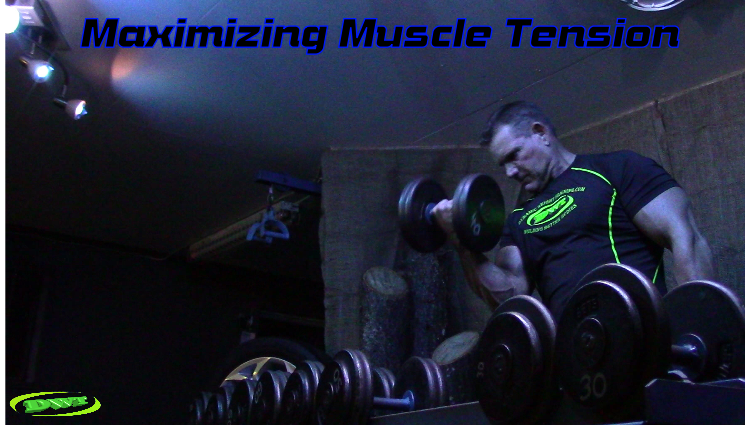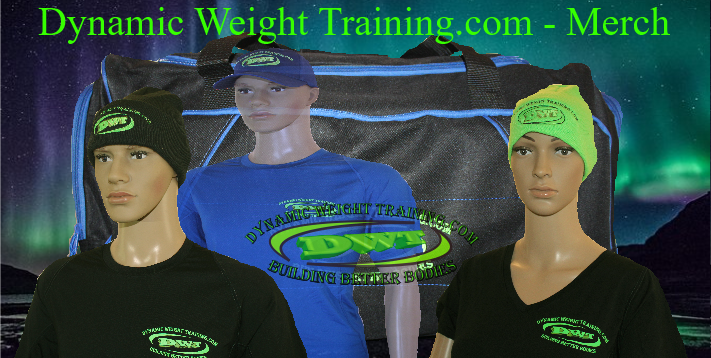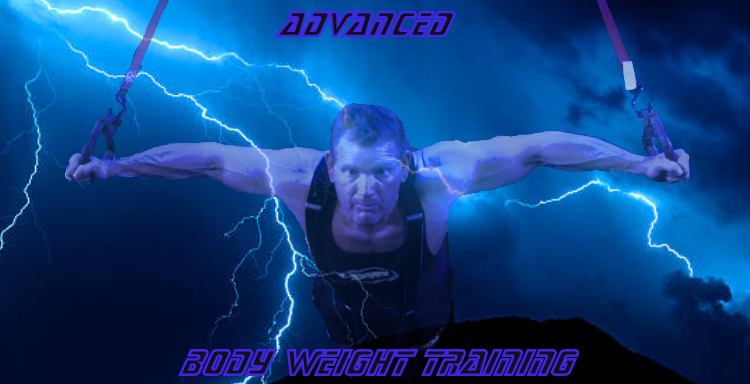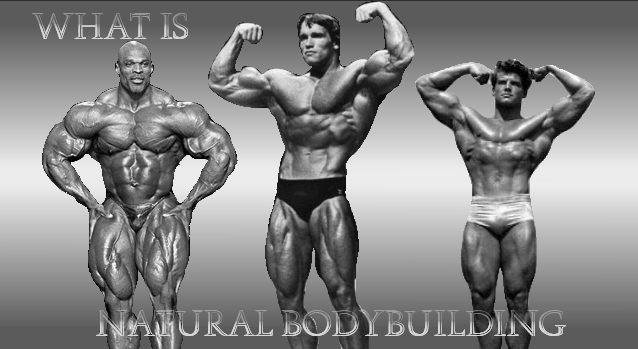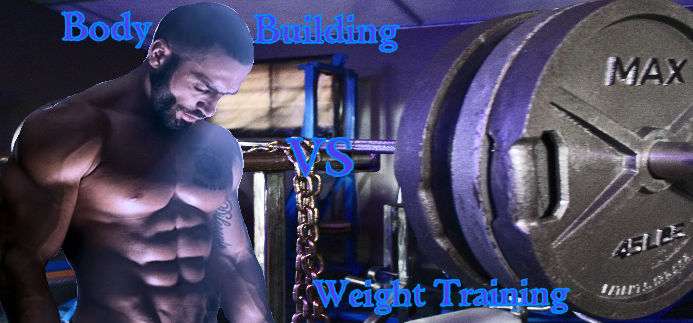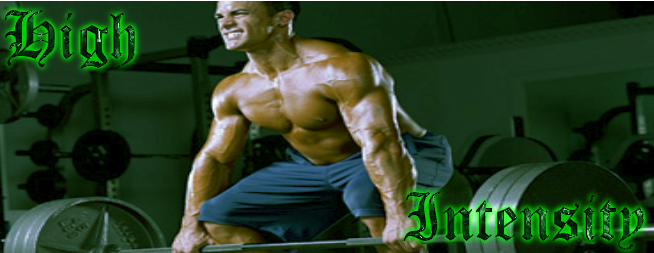Weight
Training Hypertrophy
Welcome to weight training hypertrophy, Most of these training tips on muscular contraction training are aimed at a more advanced level, but, whatever your training level may be, always feel free to jump in and check things out for yourself .
All ages, genders and lifting levels are encouraged to read and advance your understanding of how continuous tension weight training stimulates hypertrophy.
Weight training hypertrophy is specific to the increase of cellular growth, through training practice and repetition ultimately increases muscle size.
Not as much emphasis in this article will be put on strength, just be mindful that gaining strength and building muscle size are both parts of each other.
For those of you that are unsure; ‘hypertrophy’, is a set or
used word for increasing the size of skeletal muscle more directly, this
size can be increased in the component-cells in each muscle group, 'visually' making the strongest impact.
Results from weight training hypertrophy can and will vary, for the most part this type of training definitely helps make the most out of your genetics.
Myofibrillar vs Sarcoplasmic Hypertrophy?
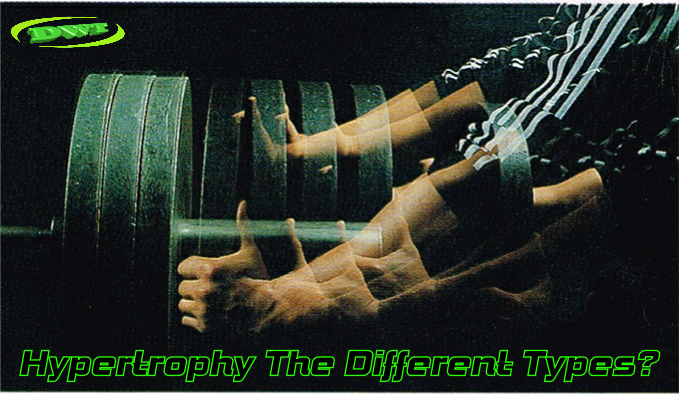
There are essentially 3 different types of hypertrophy occurring in the gym, which one including muscle and nervous system response, depends largely on training stimulation...
Meaning: heavyweights, lower reps explosive movements, rep speed even partial or full range motions, all play a part:
First:
When ‘Myofibrillar hypertrophy’ is occurring, actin and myosin contractile proteins can actually increase in number and add to muscular strength. Of course there is also an increase in the cell-size of the muscle itself with this type of hypertrophy.
Second:
When ‘Sarcoplasmic hypertrophy’ is occurring, the volume of sarcoplasmic fluid in the muscle-cell increases, but with little increase in muscular strength.
Third: 'Transient hypertrophy' is the increase in muscle size during and immediately after the physical effort of weight training.
This is mostly due to the accumulation of blood engorged muscles filling intra-cellular spaces at a rapid pace, this type of hypertrophy is also associated to the muscle pump.
In short: myofibrillar hypertrophy is stimulating fast twitch muscles which are generally used in explosive movements as seen in Power training style exercises such as: Olympic lifting, cross training etc. which commonly have more to do with endurance, speed and technique.
Sarcoplasmic hypertrophy, is produced by using constant tension. This type of training stimulates slow twitch fiber, this promotes muscle growth, shape, density including vascularity.
This training does not generally tax the nervous system as hard as strength training, but the mental challenge to overcome the burning sensation that this creates and train beyond it,... takes a well conditioned athlete.
Maximizing Muscle Tension
For the sake of confusion lets focus weight training hypertrophy on continuous tension training.
This is nothing new, this type of training has been around for decades, and commonly seen in bodybuilding, at an advanced level.
Maximizing your muscle tension gives a better sense of feel and control for shaping each muscle, while dramatically increasing the pump.
Understanding muscle tension; is to understand why constant tension on the muscles, or (TUT) time under tension (in weight training), is so important to maximize muscle gains.
Your body naturally produces a constant low-level
stimulation to your muscles throughout the day, essentially; keeping them active.
Without this the muscles and metabolism would slow dramatically, muscle would shrink or atrophy and lose it's strength...
Continuous tension to increase hypertrophy is referred to as; ‘cross bridging’ or, chemical bonds that form between strands (filaments), of the contractile proteins in the muscle.
Depending on age athletic ability, consistency and a solid diet you can expect to see improvement in overall muscle thickness, increased density and more vascular looking muscularity.
Continuous tension can help you develop more cross bridges, which can be achieved in 2 ways.
- One: concentrate specifically on controlling the weight while making and effort to really feel the tension throughout each direction of the movement: feel the resistance rather than increasing it.
- Two: the result of this is: more myofilaments are added to each fiber, this allows each fiber to produce more cross bridges which allows you to exert more force, some strength increases may become evident. More specifically though; increased cell size – muscle mass, should become evident.
Full And Partial Range Reps
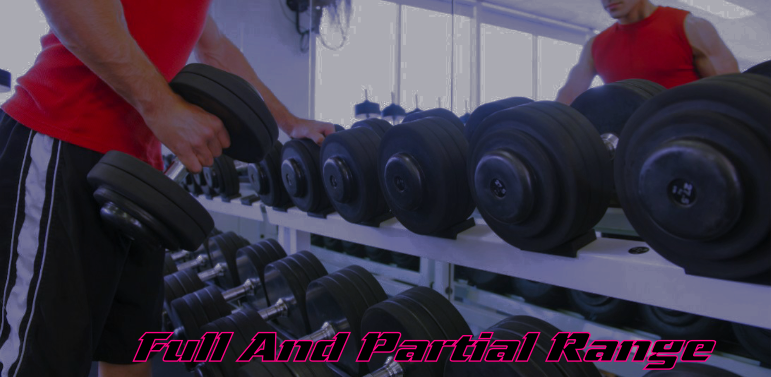
If your a beginner or early intermediate, learn the practice of full range movements!
This develops and conditions the muscle, tendons and strength curve associated to all of them is essentially, what builds your training foundation.
Weight training is 'Dynamic' find the form, style and intensity that suits you and your goal the best.
Partial rep ranges do have their place in weight training hypertrophy...
This is where the top 15 and bottom 15% of each movement, meaning: from fully contracted to completely extended or at resting length of each muscle, is eliminated from each rep.
The middle 60 to 70% of each movement in each rep can be classed as partial; constant tension should be the main focus in this range.
Speed of movement in each repetition should not be done to slow or too fast, maintain a smooth speed/rhythm for each repetition, (control, form, squeezing and concentration), may sound easy...
but, it's not when your trying to perform an exercise with a heavy set of dumbbells in each hand.
Partial create a safer environment for muscles and tendons, as you are not fully extending or contracting them, you’re only working in the middle 60 to 70% range of each movement.
Simply put: continuous tension means you’re trying to squeeze through-out the range of motion in both directions. You’re not stopping at the bottom or locking out at the top.
The movement is continuous, this is where the intensity comes in, in other words; no rest for the muscle.
You should be using somewhere in the neighbourhood of 75 to 85% of your one rep max. This will probably put you somewhere in the 10 to 12 rep range, give or take.
This may seem like a lot of reps as opposed to 5 or 7 reps traditionally for building strength...
But believe me, this training principle offers a lot of intensity as the contraction is deliberate, "keep in mind" this is based on raising Sarcoplasmic hypertrophy.
Reps will be higher but your training weight will be slightly less to make this contraction longer. This will raise blood flow and create a more pronounced pump! Constant tension training will enlarge both fast and slow twitch muscle fibers.
Weight Training
Hypertrophy Continuous Tension
Continuous tension in the muscle naturally tends to reduce blood flow, when this tension or force is exerted in each rep, 50% of maximum blood flow through the muscle affected is completely stopped due to compression of blood vessels from the contracting muscle squeezing against them.
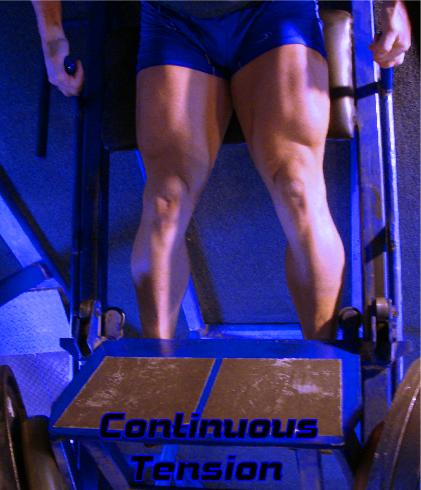
This produces such an incredible demand for oxygen, nutrients and lactic build-up, that as soon as the stress is taken off the muscle from
the finished set, there occurs what is commonly known as a ‘reactive hyperemia’...
All the blood vessels are wide open and the blood is almost sucked into the muscle with flow increasing 10 to 15 times more, above normal into the area affected.
As a result of being deprived of blood and oxygen, heat and various metabolic waste is flushed away during rest periods. this results in the bodies capacity to function more efficiently under such anabolic conditions.
With this kind of blood flow moving this fast from vessel constriction, some leakage of fluid from the bloodstream into the area between the cells can be experienced.
This occurs due to this high volume of blood pressure flowing through the muscle: resulting in one of the most coveted sensations in weight training hypertrophy... the muscle pump!
This effort of squeezing and continuous flexing of the muscle becomes more visible below the skin, this large volume of blood flowing through your veins is a direct result of this type of tension.
Consistent effort over the course of months or years of contraction training, will enlarge and expand your vessels into those pipelines you see running across the bodies of advanced lifters.
In summary:
Weight training hypertrophy raises blood/fluid levels and increases the strength and mass of the muscle period! This of course obviously reflects the type of training you're doing as to what results you want to see and how it may affect your goal.
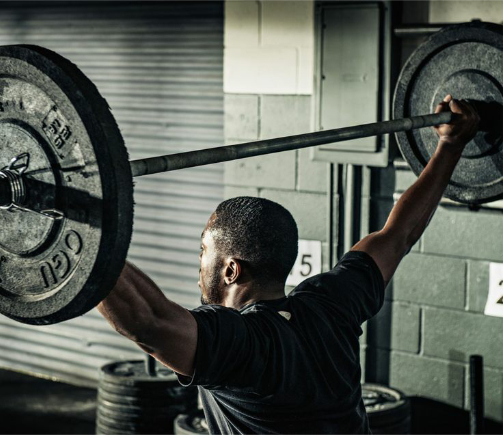
This mental link you make with your mind to the muscle, is often one of the single biggest hurdles you’ll come up against, as you learn to increase hypertrophy.
As you get the hang of this type of training, each time you complete a set, you're going to feel a pump like you never imagined.
Remember, this isn’t about how heavy you can
lift; concentrate on squeezing and feeling
the muscle against the resistance throughout the exercise.
Use only as much weight as you can feel and control, move the resistance smoothly through this range of motion, by the act of flexing your muscles as hard as you can stand, at each contraction point.
Anyways... that’s a lot of info for anyone on the whole weight training hypertrophy issue. Don’t be in a hurry to try to absorb all of the content...
It takes time.
I hope that some of the information has helped give a little direction, if you have made it this far and have one - two years of consistent weight training under your lifting belt. I tip my hat to you, this is not an easy feat, but it does show you one thing... you have staying power - Good luck and don’t give up!
DWT
